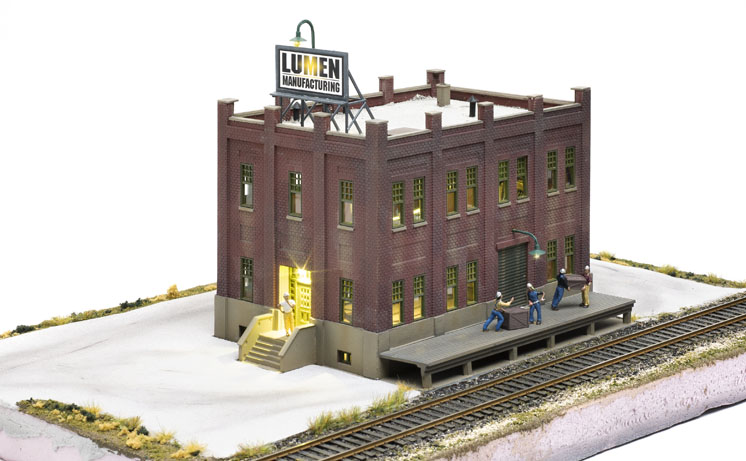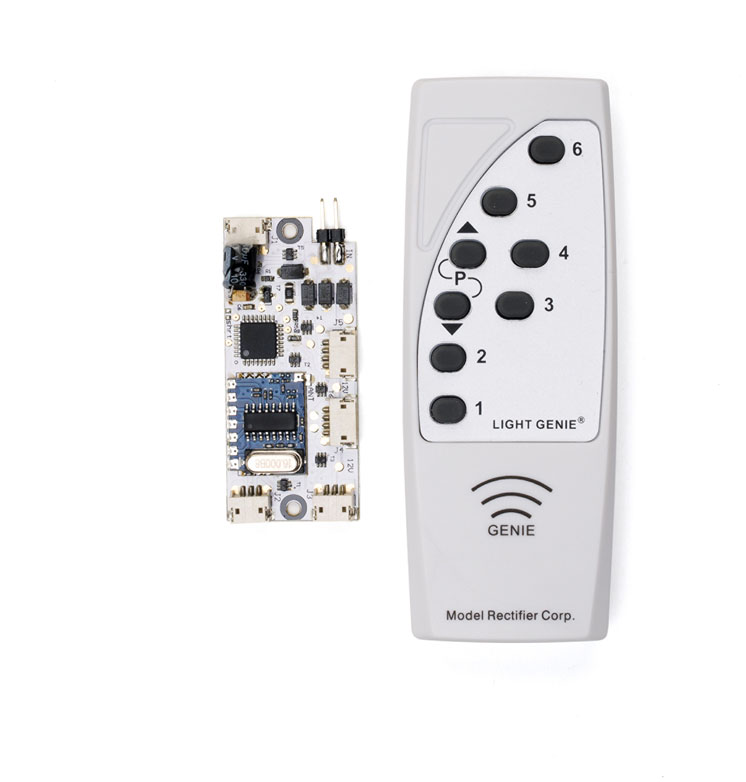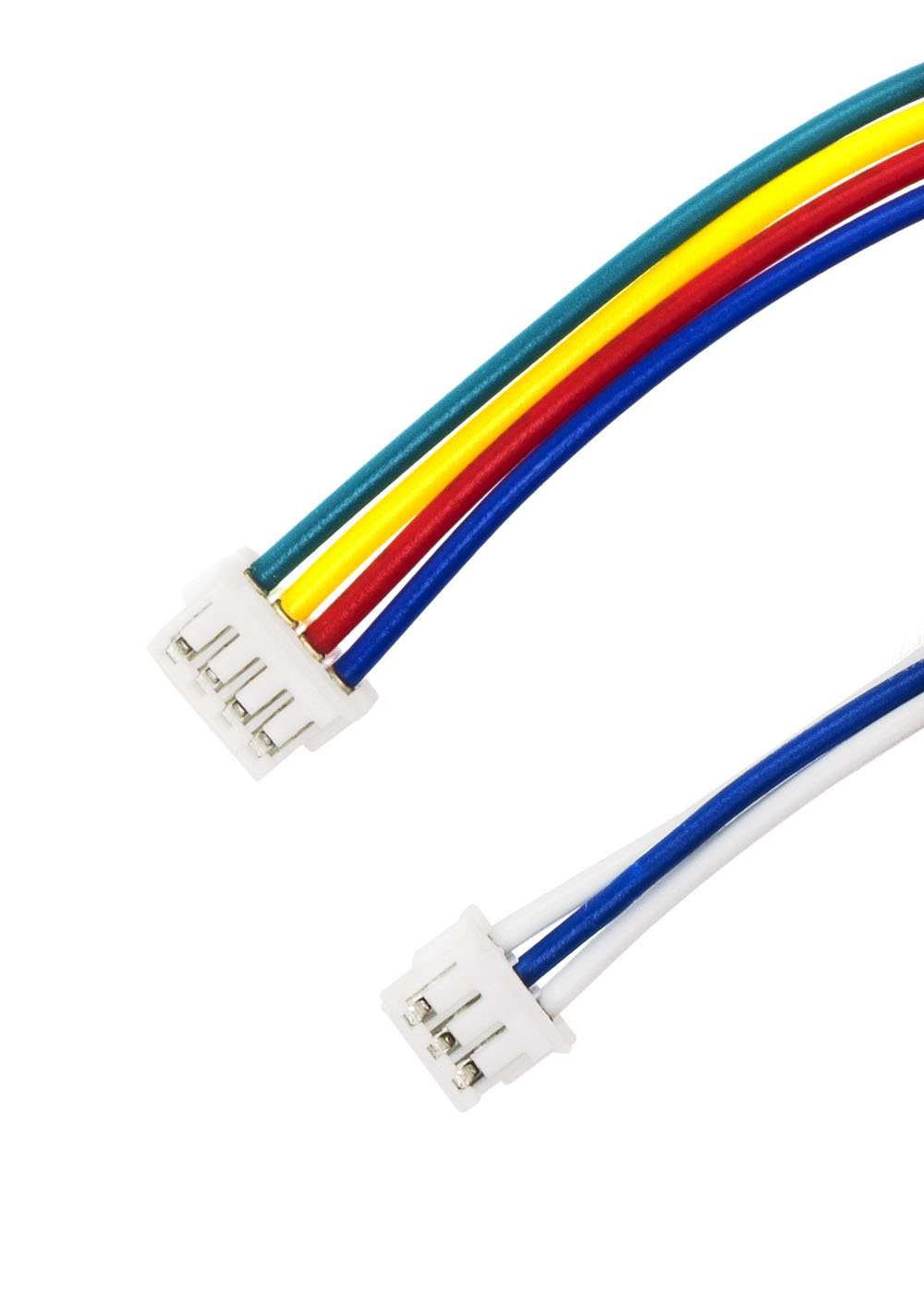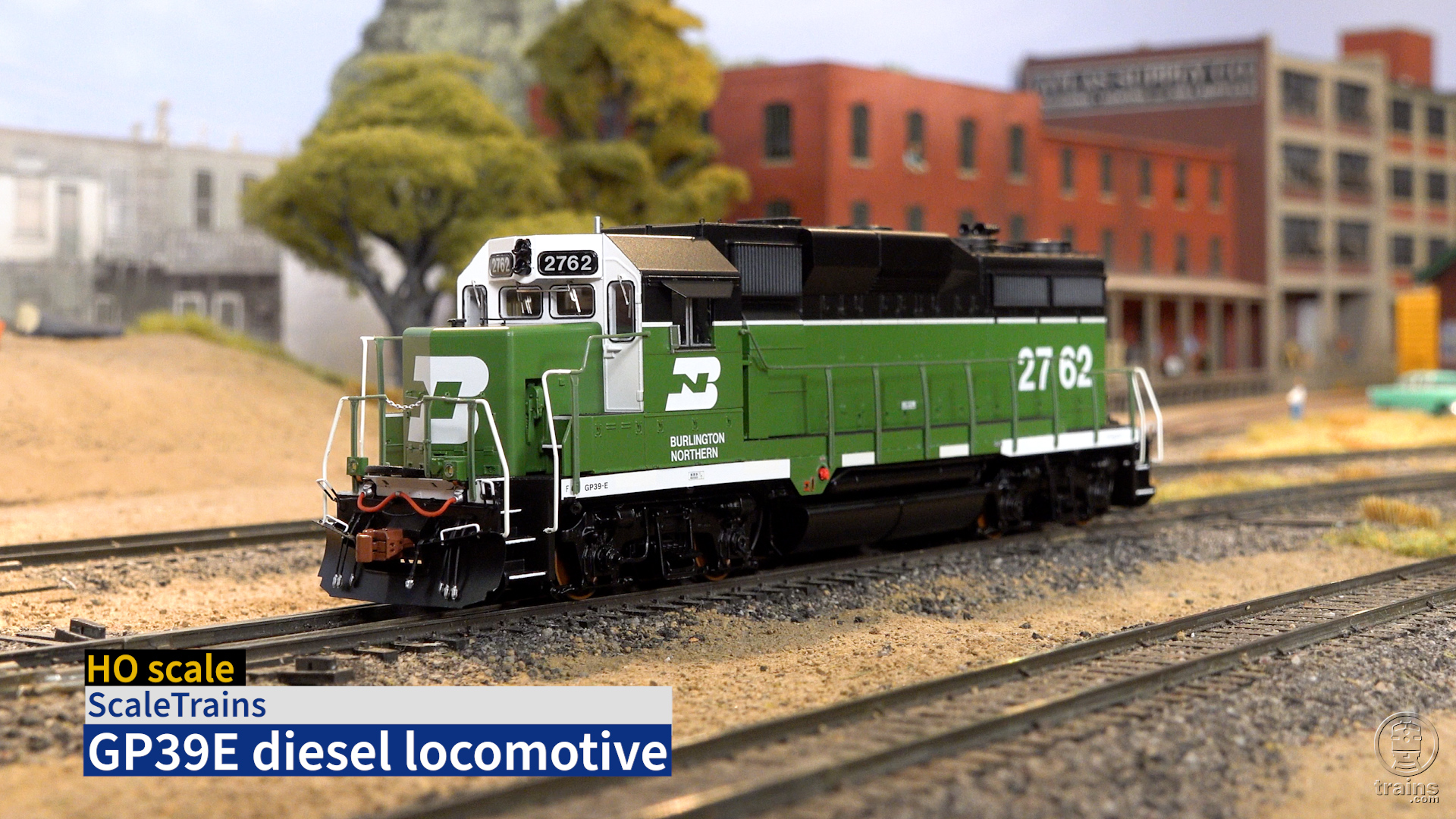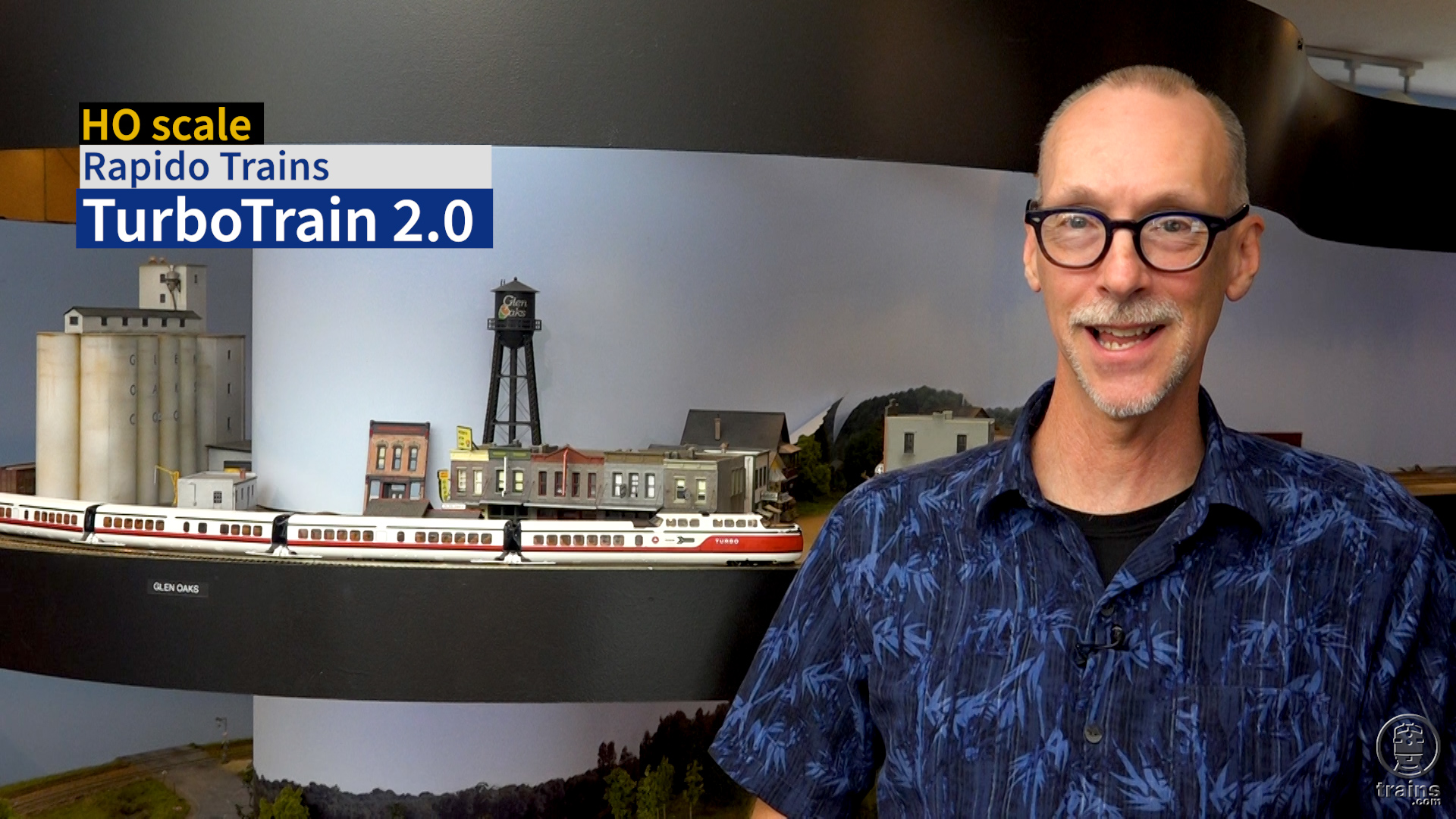Adding special lighting effects like flashing signals, flickering gas lamps, warning strobes, and rotating beacons to your model railroad has never been easier, thanks to Model Rectifier Corp.’s new Light Genie. The compact receiver can control 12 light outputs, each of which can power multiple bulbs or light-emitting diodes (LEDs), enough to light a small town. The system is controlled with a 2.4GHz hand-held remote that works through walls and benchwork, at a range of up to 90 feet.
Five sockets on the board accept plugs on the wiring harnesses. Each corresponds to a lighting zone. Three zones have wires to drive two outputs each, for such applications as basic structure lighting or alternately blinking lights on a police car. Two have three outputs each, which are suited for more complex lighting effects like three-color traffic signals or the chase lights on a theater marquee.
You’ll notice I’m saying “outputs” instead of “lightbulbs” or “LEDs.” That’s because each output can handle multiple lights, if wired in series (the instructions warn against wiring lights in parallel).
The remote, about the size of a garage-door opener, has eight buttons. Buttons 1 through 5 turn each lighting zone on or off; button 6 is the master power button. (A less ambiguous label might be helpful for infrequent operators.) Buttons labeled with up and down arrows control brightness as well as accessing programming functions.
Each remote is bound to its own receiver, so multiple Light Genies can be used on one layout without interference.
Special effects. The value of the Light Genie lies in its 20 available lighting effects programmed into the receiver board. With a few keypresses, a connected light can be made to flash like an arc welder, blink like a strobe, flicker like a gas lamp, even build and fade like a lighthouse beacon.
The speed of the effects can be controlled independently for each zone, so if you have multiple strobes, they won’t all flash at the same tempo.
One of the coolest applications is traffic light sequencing, in which two sets of traffic signals can be synched to show red in one direction while cross traffic has the green.
Although a flashing grade crossing signal is one of the suggested applications for the Light Genie, the receiver board has no provision for input from a track occupancy detection circuit. The flashers would have to be turned on and off manually.
Modelers wanting complex lighting effects like flashing police-car lights or flickering campfires on their layouts used to have to buy separate controller circuits for each type of light, or design and wire their own. Thanks to MRC, your wish is the Light Genie’s command.
Price: $49.98
Manufacturer
Model Rectifier Corp.
80 Newfield Ave.
Edison, NJ 08837
www.modelrectifier.com
Features
▪▪AAA batteries included
▪▪Controller board dimensions: 1″ x 21⁄2″ x 3⁄8″
▪▪2.4 GHz radio remote works through walls and benchwork





